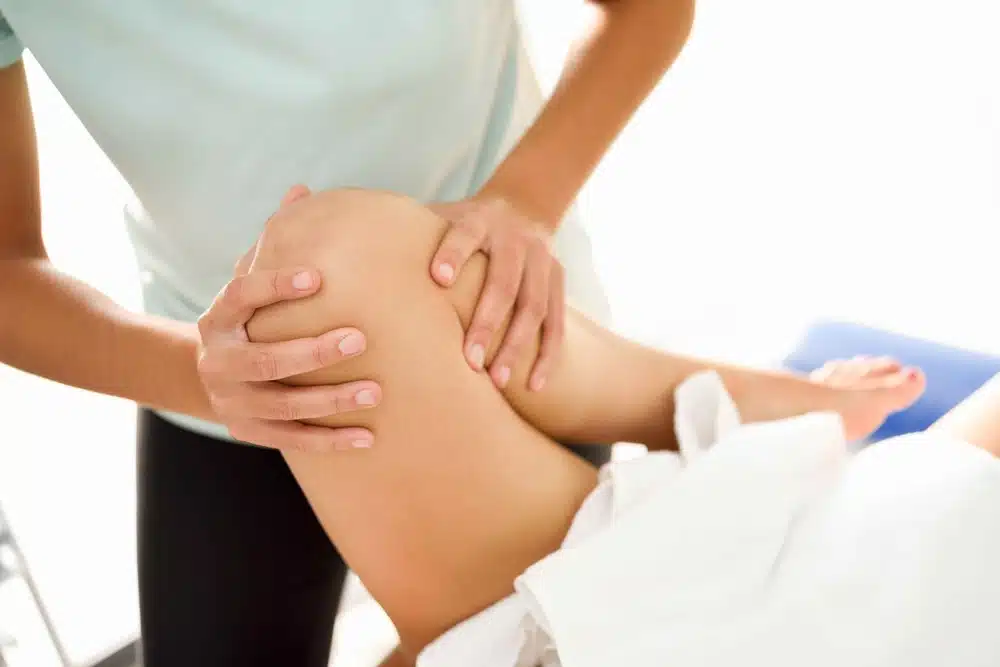Self-Massage Techniques for Digestive Relief: Stomach Massage
Stomach massage, also referred to as abdominal massage or visceral manipulation, has been practiced for centuries as a natural method to alleviate digestive discomfort. This gentle yet effective technique can support bowel movements, ease bloating, and enhance overall digestive function. By following the right techniques and understanding key pressure points, this self-care practice can become a safe and valuable tool for improving digestive health. Incorporating experienced massage therapy principles can also help maximize the benefits of this approach.

Understanding Digestive Anatomy
Before initiating any abdominal massage, it is important to have a basic understanding of your digestive system’s structure. The large intestine follows a distinct pattern: it begins on the right side of your abdomen (ascending colon), moves across the top (transverse colon), and descends on the left side (descending colon). Massaging in alignment with this natural flow can promote proper digestive movement. Begin by lying on your back with your knees slightly bent to relax your abdominal muscles. Position your hands just above your right hip bone, where the ascending colon starts.
Proper Massage Technique Foundation
Start with gentle, circular motions using your fingertips, applying light to moderate pressure. Gradually increase the pressure based on your comfort level. Maintain slow and deliberate movements, spending about 30 seconds in each area before transitioning. Use your palms for larger areas and your fingertips for more targeted work. Consistent and steady breathing during the massage is essential, as it helps to relax your abdominal muscles and boost the technique’s effectiveness. If you encounter any pain or discomfort, immediately reduce the pressure.
Specific Movement Patterns
Follow the path of your colon, starting at the lower right abdomen and moving upward toward your rib cage. Continue across the upper abdomen from right to left and then down the left side toward your hip. This "I.L.U." pattern, named for the shape it resembles, mirrors your colon’s natural layout. Pay extra attention to areas that feel tight or tender. Use both clockwise and counterclockwise motions to stimulate various responses in your digestive system. Spend 2-3 minutes on each section of the pattern before moving on to the next.
Advanced Relief Techniques
To amplify results, you can incorporate additional techniques into your routine. The "cat paw" kneading motion—using your palm and fingers to lift and release the abdominal muscles—is particularly effective. Target specific pressure points by holding gentle, steady pressure on sensitive areas for about 30 seconds. The area around your navel and the points roughly two inches on either side are known to help relieve constipation. Another option is using vibrating movements by softly shaking your abdomen with flat palms, which can stimulate peristalsis, the natural wave-like motion of your intestines.
Post-Massage Care and Recommendations
After finishing your abdominal massage, rest for 10-15 minutes to allow your body to adapt to the treatment. Stay hydrated by drinking warm water or herbal tea, which can further support digestion. For the best results, practice this massage routine once or twice daily, ideally in the morning and before bedtime. Avoid performing the massage immediately after eating; wait at least two hours post-meal. If you are pregnant, have a hernia, or suffer from inflammatory bowel conditions, it is essential to consult your healthcare provider before attempting these techniques.
Other related articles:
- How to Perform an Effective Calf Muscle Massage: Expert Steps
- Understanding Muscle Knots: Creating Your Perfect Massage Schedule
The post Self-Massage Techniques for Digestive Relief: Stomach Massage appeared first on Body Balance Massage and Float.
Article Source : bbmassageandfloat.com/self-...